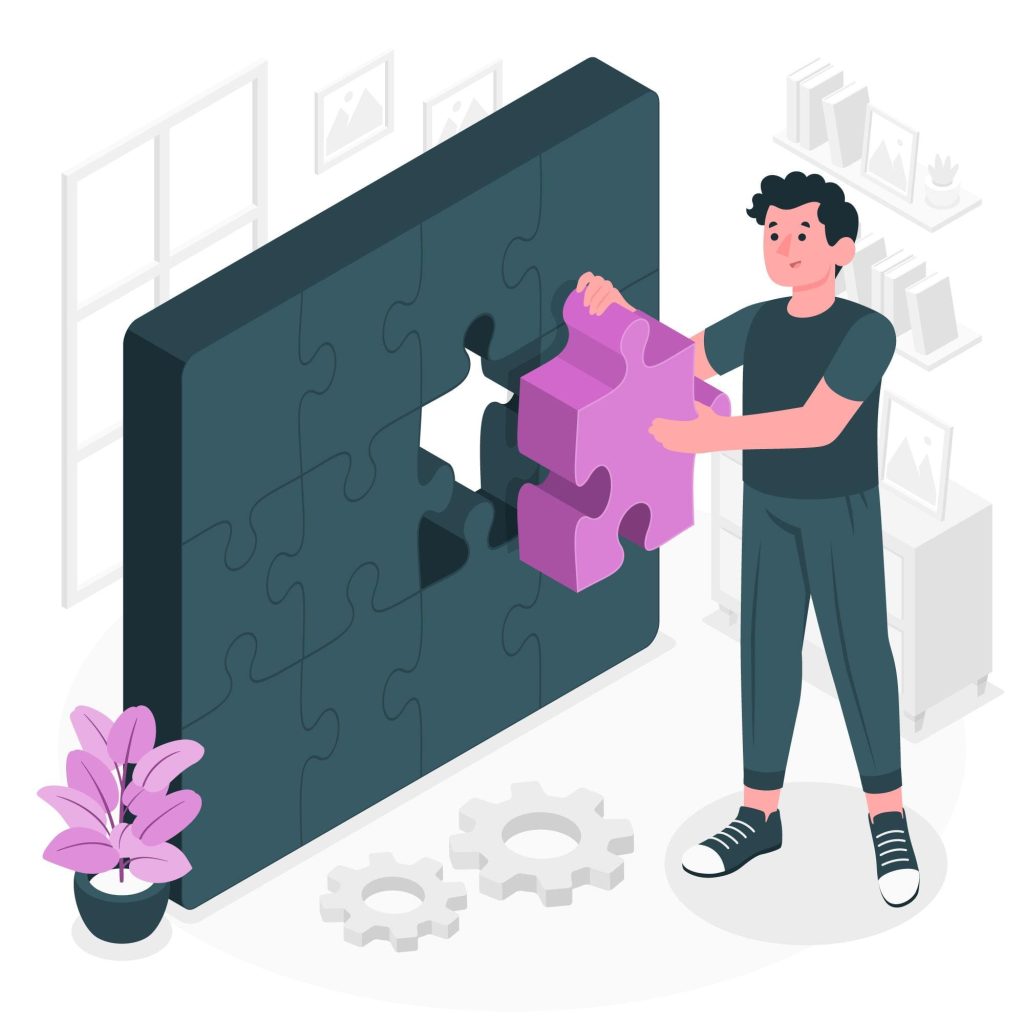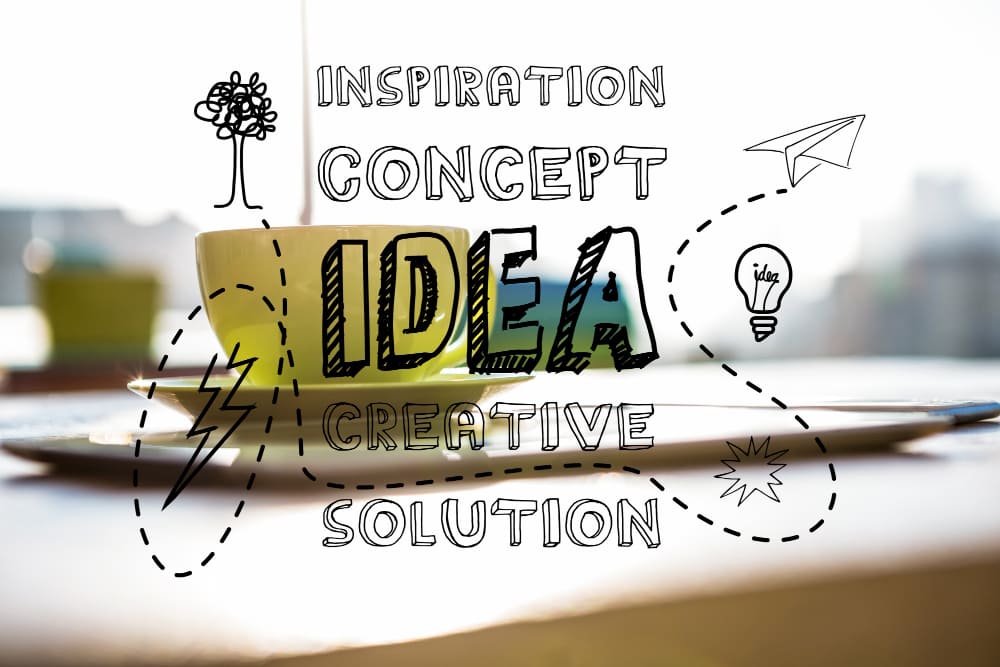Design Pipeline
Design Pipeline
Define Your Research Goals
Beginning by clearly defining the objectives of the research. What we want to create or accomplish? This includes understanding user needs, improving usability, or evaluating a new feature


Create Detailed Plan
This phase ensures that the innovative solutions generated in earlier stages are translated into actionable tasks, fostering accountability and guiding the project toward successful implementation.
User Research Planning/Conduction
User Research Planning/Conduction is a fundamental stage in the design process. Detailed research objectives, methodologies, and participant criteria are defined. Research tools, such as surveys or interviews, are chosen. A comprehensive plan ensures efficient data collection.
Researchers engage with users, gathering insights and feedback. Techniques like user interviews, surveys, usability testing, and observation are employed to understand user behavior, needs, and pain points.


User Persona
Based on the collected data, user personas are meticulously crafted. Each persona represents a distinct user group and includes detailed information such as demographics, goals, pain points, preferences, and behaviors.
Personas bring users to life by giving them names, photos, and narrative descriptions. This humanization helps design and marketing teams empathize with their audience and make more informed decisions.
User personas are shared and discussed across the organization to ensure everyone has a deep understanding of the target audience. This alignment guides product development, marketing strategies, and user experience design
User Journey Mapping
User Journey Mapping is a visual representation of the entire user experience with a product, service, or systema. A detailed visualization is created that outlines the user’s actions, thoughts, and emotions at each stage of their interaction with the product or service. This may include various touchpoints, from initial discovery to post-purchase support.
Analyzing this user journey map, helps us to identify pain points, bottlenecks, and moments of delight. These insights help teams pinpoint areas for improvement.


Defining the Problem
Defining the Problem is a critical step in problem-solving where the issue is clarified, its scope is defined, specific objectives are set, stakeholders are identified, root causes are analyzed, and the problem statement is framed in a clear, actionable manner.
This step ensures that efforts are directed towards the right issues, facilitating effective problem resolution.
Ideating Different Concepts
Ideating Different Concepts is a focused step in the process where creative brainstorming takes place to generate a wide range of diverse and innovative ideas.
This step encourages uninhibited creativity and divergent thinking, with the goal of exploring various potential solutions to the defined problem or challenge.


Sketching/Wireframing Solution
Sketching/Wireframing Solutions is a key step in the design process where rough visual representations, often in the form of sketches or wireframes, are created to outline the basic structure and layout of a design solution.
This step allows for early visualization and exploration of ideas, helping to refine concepts before investing in detailed design and development.
Prototyping Solution
Prototyping Solutions is a crucial phase in design and product development where a preliminary, often simplified, version of the final product or solution is created.
Prototypes serve as tangible representations, allowing for testing and validation of key design concepts, user interactions, and functionality before full-scale development.


Designing the Final Product
Designing the Final Product is the conclusive phase in the product development process, where the refined and validated design concepts are transformed into a comprehensive and polished solution.
This stage involves creating detailed designs, incorporating aesthetics, refining user experiences, and ensuring that all aspects of the product align with the intended objectives and user expectations. The final product design serves as the blueprint for development and production, aiming to deliver a high-quality, user-friendly, and visually appealing end product.
User Testing
User Testing is a critical phase in product development where real users interact with the product, providing feedback and insights that inform design improvements. This iterative process ensures the product aligns with user needs and expectations.

